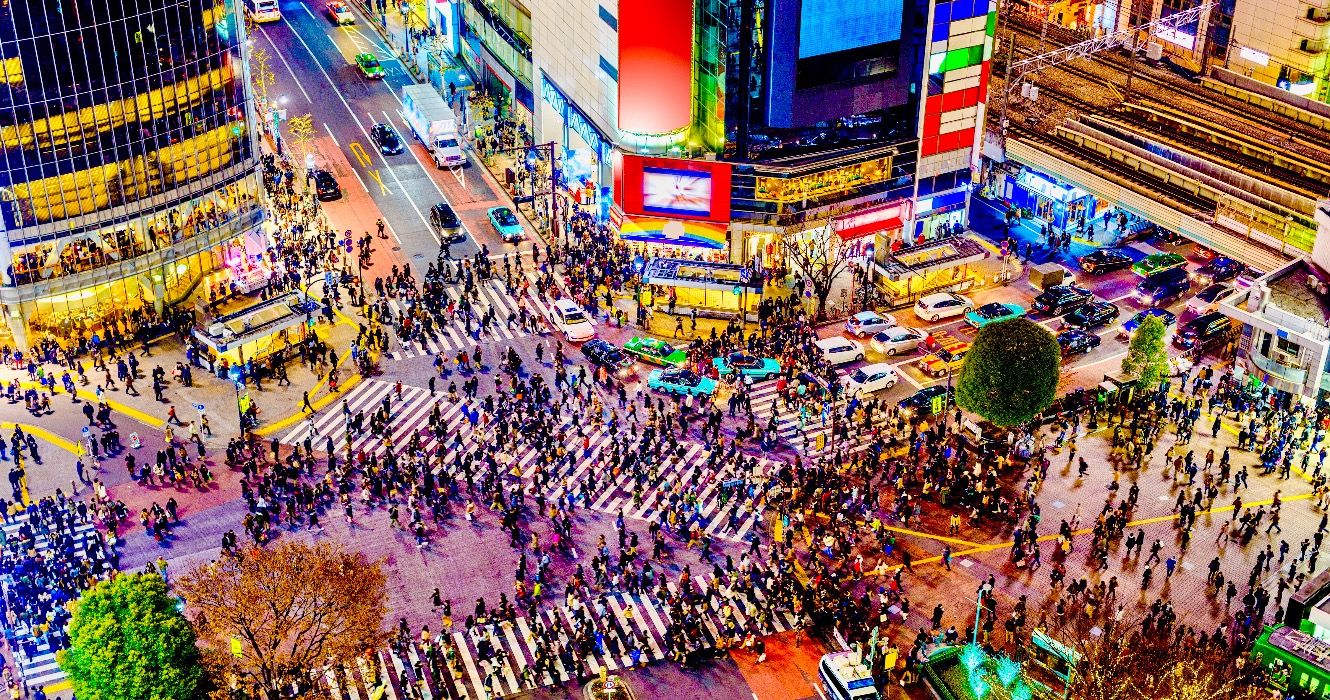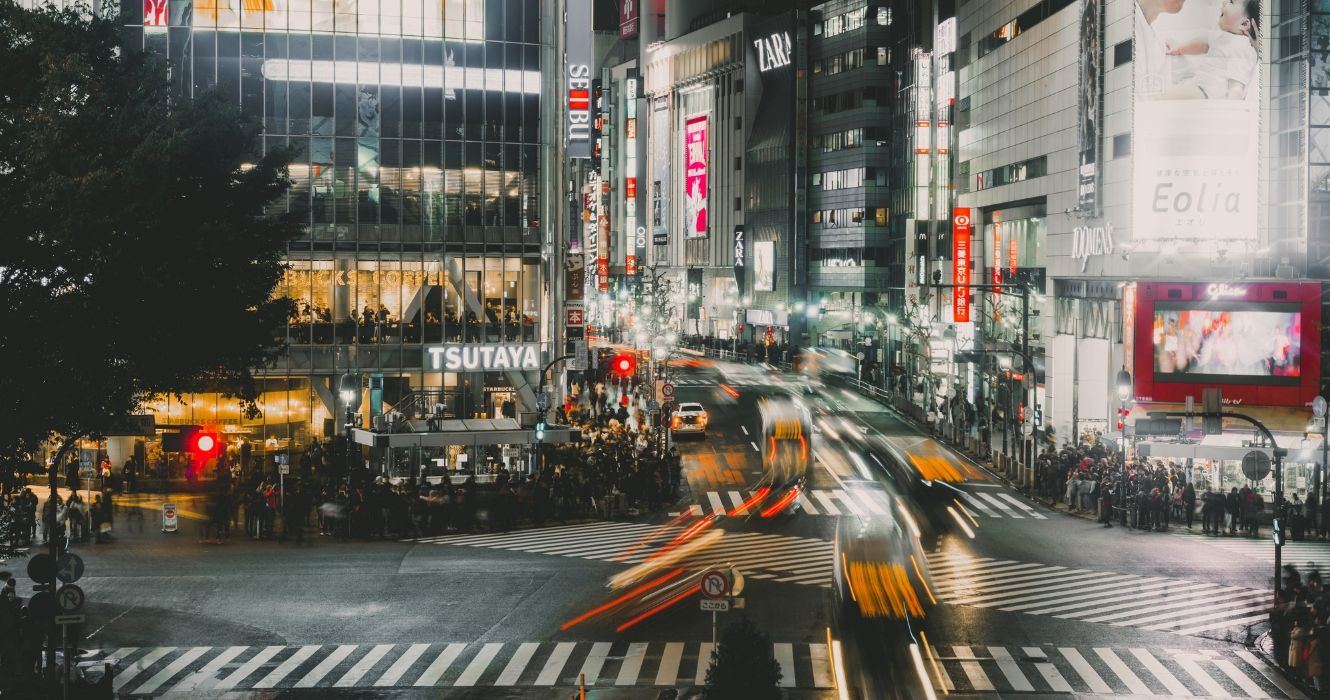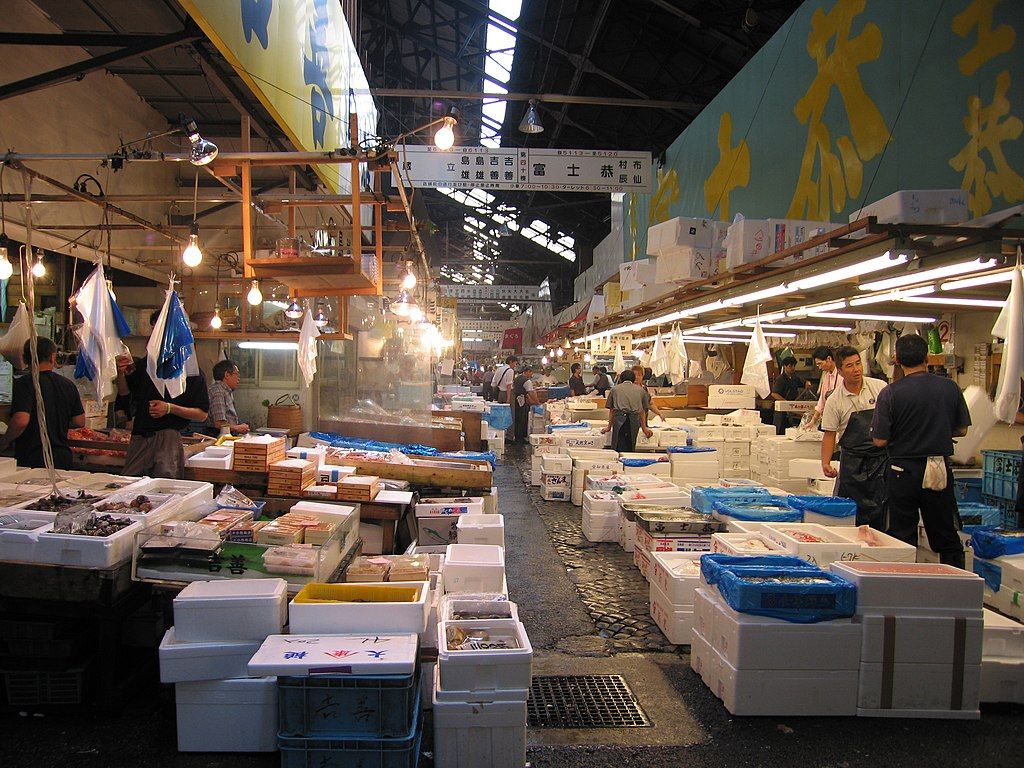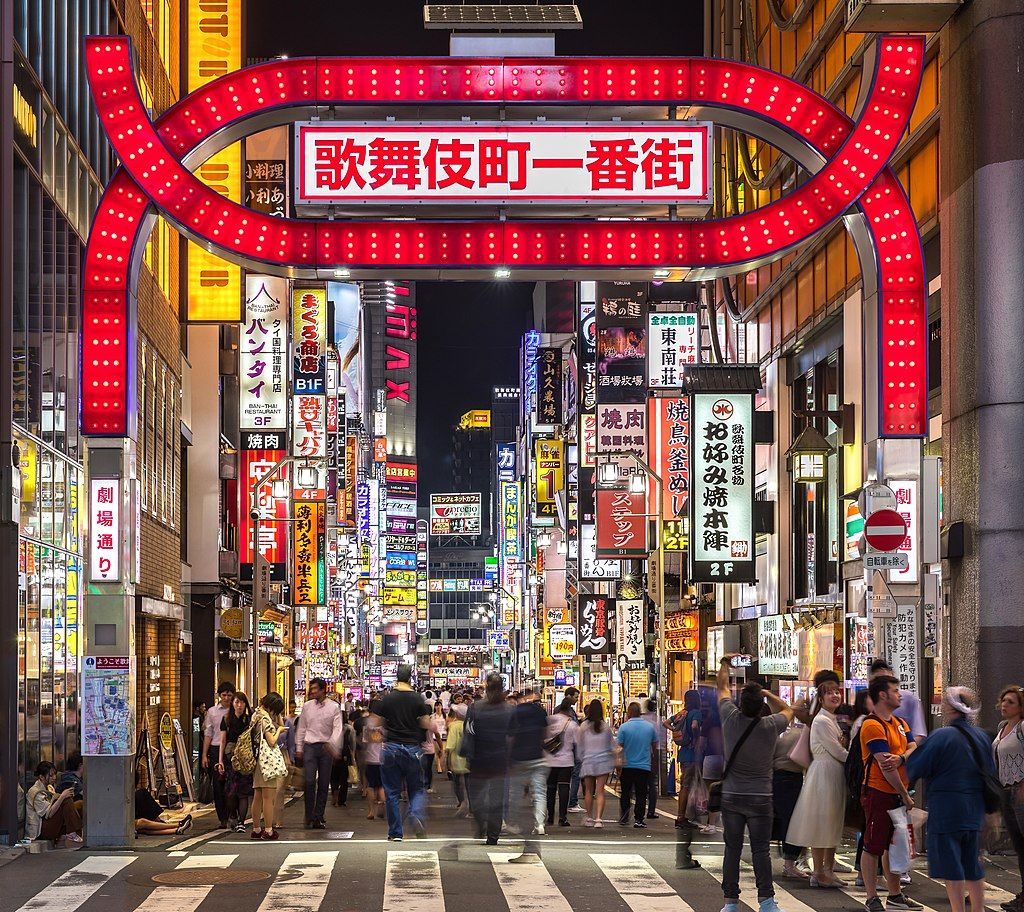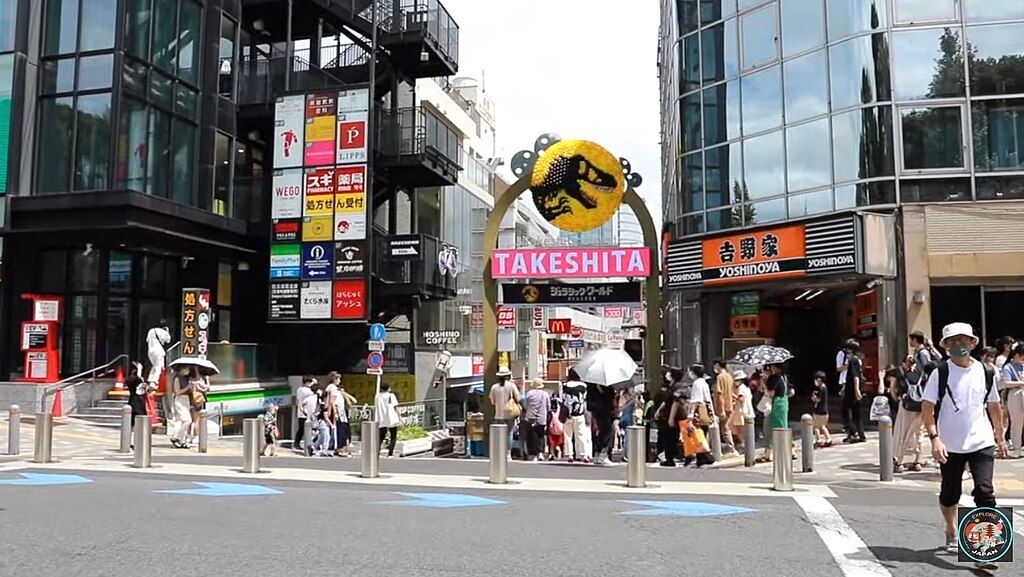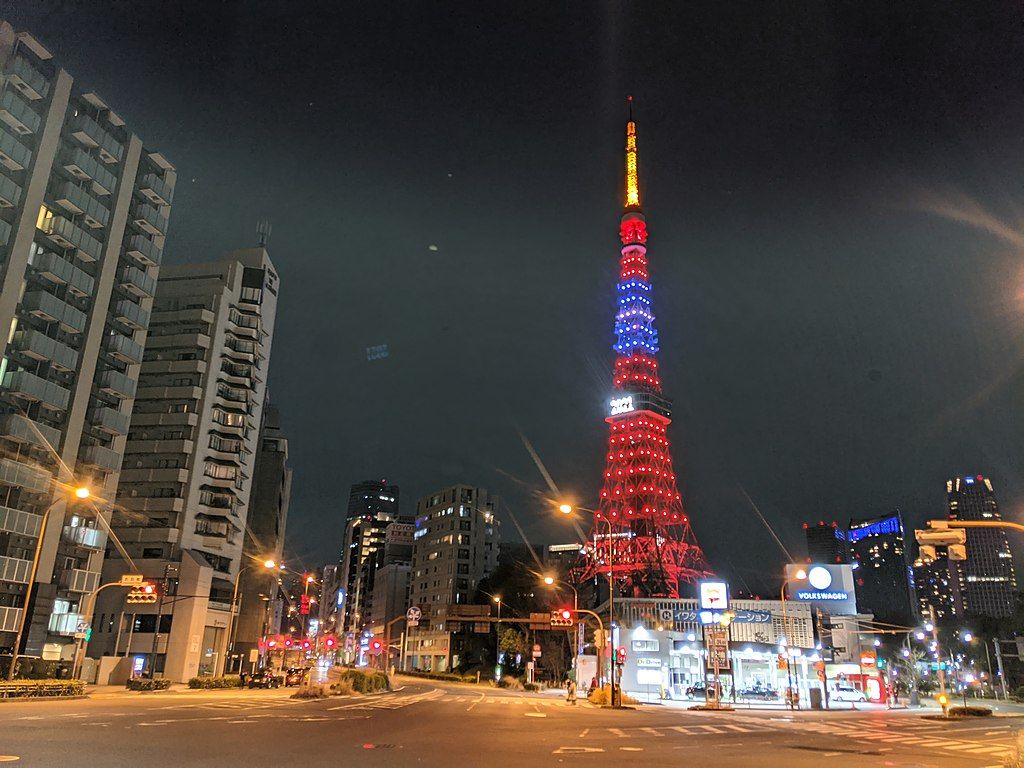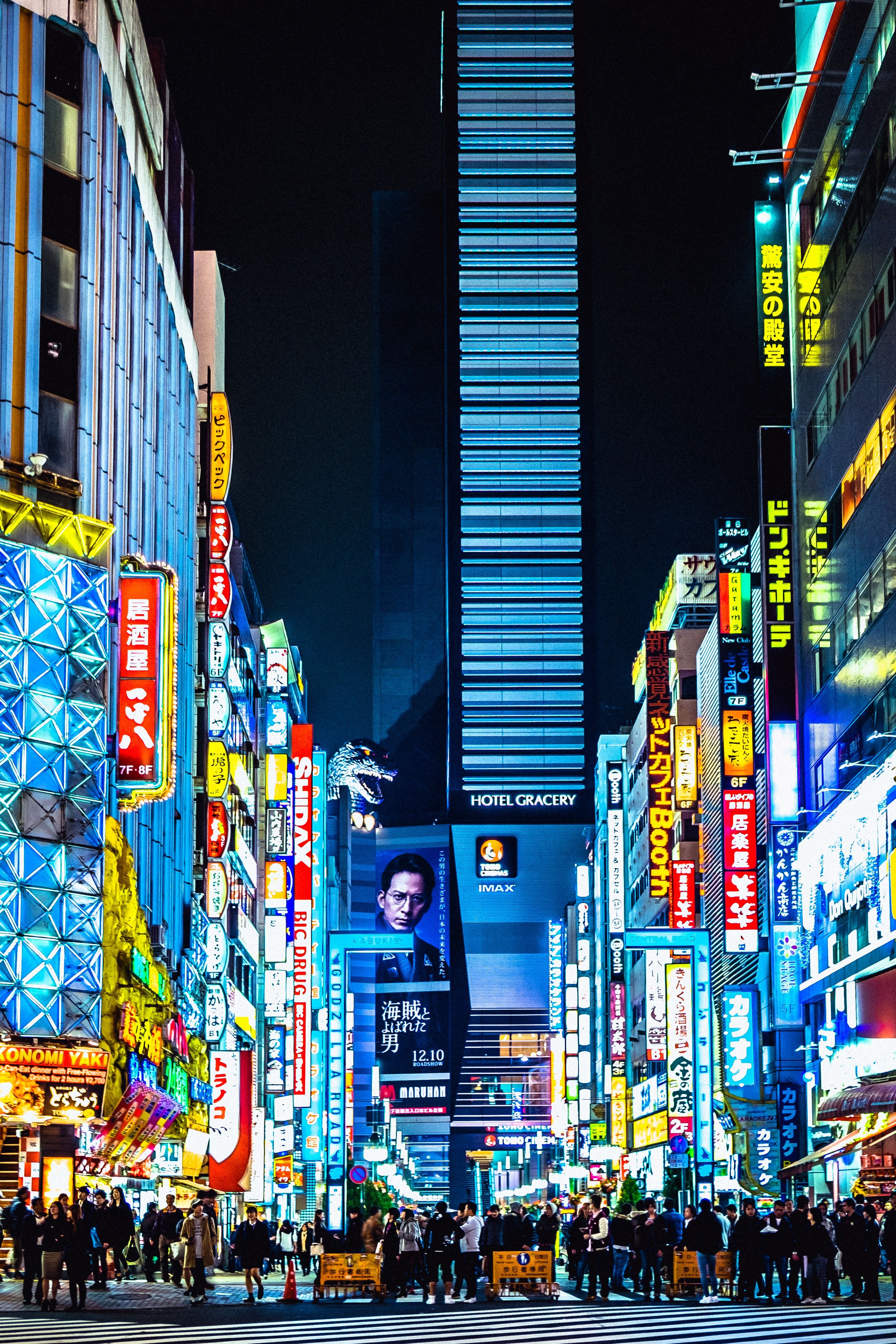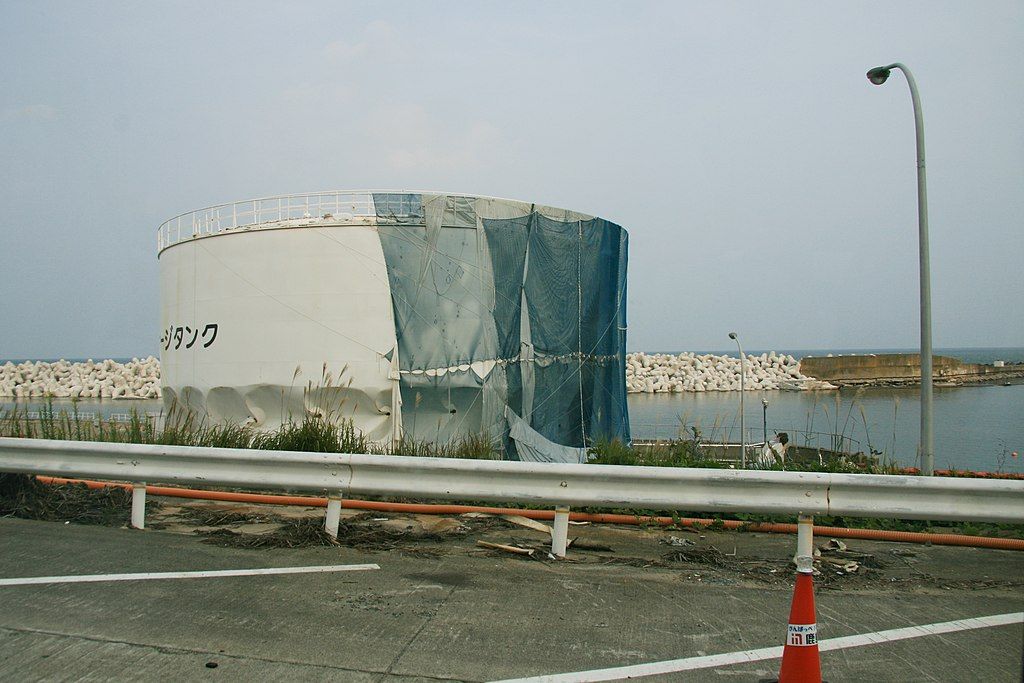Read update
- There Are More Places In Tokyo You May Want To Avoid This Vacation
Summary
- Shibuya Crossing can be chaotic and dangerous if you're not paying attention. Best to avoid if possible.
- Tsukiji Fish Market is hectic in the afternoon, go early in the morning for a quieter experience.
- Kabukicho and other areas can become dangerous at night, best to avoid during those hours.
Japan receives roughly 30 million international tourists annually, making it one of the most visited nations in the world. A good portion of that lot spends a bit of time in Tokyo, mostly to take in the country's unique culture, food scene, and nightlife, shopping in iconic vintage shops, or even discovering the attractions for Pokémon lovers.
And with a population of just more than nine million, Tokyo has no shortage of attractions to draw visitors, with very few spots declared off-limits. But for all the wonders that the city has to offer the curious vacationer, a few caveats are in order, mostly for reasons related to safety and economics.
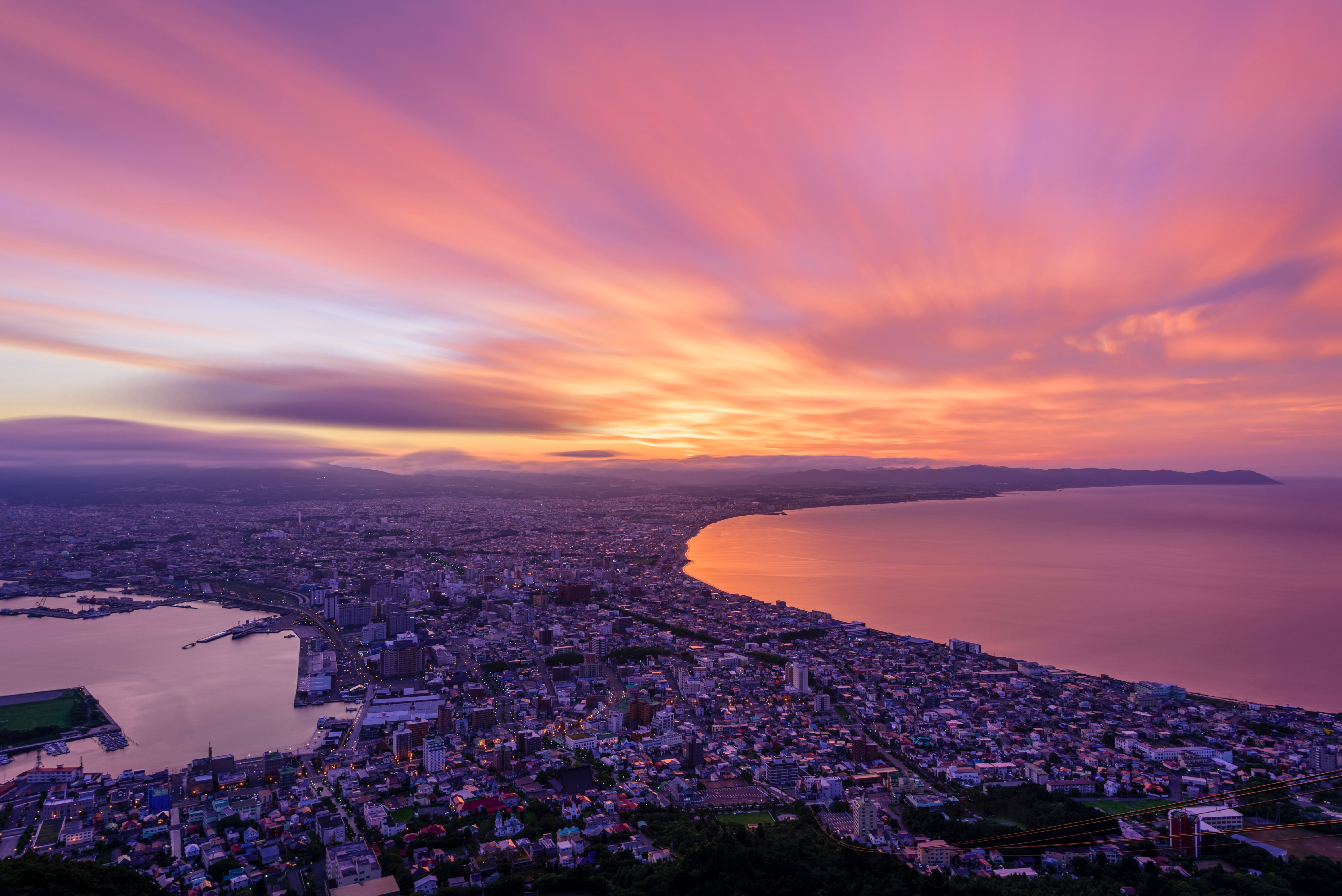
16 Japanese Cities To Visit Besides Tokyo And Kyoto
While most travelers flock to the cities of Tokyo and Kyoto for a taste of Japan, there are several other cities that are worth visiting too.For instance, a few places in the city wouldn't even qualify as points of interest, and some of those can be downright dangerous. Then other Tokyo districts have many expensive venues, although one can find equivalents with the same amenities to suit anyone's budget. After all, because of its size, Tokyo has a wide range of options for everyone — even for those who only have a few hours to explore during a long layover. If you are considering a vacation to Tokyo, here's what to know and what to avoid to ensure your stay in the capital of the Land of the Rising Sun is a pleasant one.
UPDATE: 2023/1/16 19:35 EST BY NOAH STAATS
There Are More Places In Tokyo You May Want To Avoid This Vacation
This article has been refreshed with more no-go locations in Tokyo, including iconic streets and a fish market. That said, you don't have to skip out while sightseeing as long as you plan ahead, so try to wake up early and get your day in Tokyo started sooner rather than later. Have fun!
Shibuya Crossing Can Be Too Much To Handle
Busy streets, cars at every corner, and endless congestion make this staple a hit or miss
Shibuya Crossing, one of Tokyo's iconic landmarks, can also be a place of headache for travelers. Although locals may be used to the traffic and congestion on foot, this isn't always a great first impression for tourists.
Considering Shibuya Crossing is one of Tokyo's most busy roadways, the traffic hour here feels like an eternity. In the later evening, this major crossing can also fill with people out for a night on the town, making the area rowdy and confusing.
Unlike some other Tokyo hubs, Shibuya Crossing never has an "off time." It's always super energetic and chaotic and could get you hurt if you are not paying attention to where you're walking or driving. We'd say skip it if possible.
- Reason to avoid: Can be chaotic and dangerous if you're not paying attention.
If you wish to see Shibuya Crossing in Tokyo, the best time to see it would be early morning, closer to 5, 6, or 7 AM. It is most peaceful during pre-rush hours.
Avoid Tsukiji Fish Market Early During Peak Morning/Afternoon Hours
You'll need to wake up extra early to catch a fish at Tsukiji Market in Tokyo
Tsukiji Fish Market, formerly one of Tokyo's most famous markets, is known for its bustling early-morning tuna auctions. Although this is a staple for Japanese travelers, the market can become wildly loud and confusing into the afternoon.
Most people from Tokyo suggest coming here before 9 AM, when the wholesale market Tsukiji Uogashi opens for wholesalers and business owners, often quieter and easier to maneuver. Feel free to stop by vendors and ask them what's for sale and give your best bargaining skills a try. You don't know until you ask!
- Reason to avoid: Can be hectic, or scarce fish options in the afternoon.
The market opens early for wholesalers and professionals, so it is best to come in the early morning. Fish can sell out if you get here too late in the day, so keep this in mind.
Areas Like Kabukicho Are Red-Lighted For A Reason
As one of the more dangerous Tokyo spots at night, Kabukicho may not be worth it
Pretty well, every Tokyo district is safe in the daytime, but after hours, it's a different story. Ranking high as ground zero for potentially dangerous locations is an area like Kabukicho, where adult-oriented venues swing into gear in the event. Definitely not family-friendly, Kabukicho is also a notorious hangout for the Yakuza, Japan's powerful equivalent to the Mafia.
Other parts of town include the crowded neighborhood of Ikebukuro and another part of town called Shibuya, which features a row of accommodations the locals call "Love Hotel Hill." And while there isn't much of a red-light presence in lower-income districts of Gotanda and Ueno, crime is rampant in those areas, also recognized as havens for gangs.
- Reason to avoid: Can become dangerous into the night and early morning.
Despite the nightlife vibrancy that dominates other spots like Roppongi and Shin Okubo, the after-hours scene can get rowdy, with violence often breaking out once excessive partying gets out of control.
Touristy Streets Like Takeshita Will Cost You An Arm And A Leg
If you want to save a buck, steer clear of streets like Takeshita
Pretty much every city ranking prominently on the world's must-see visitor's list has its share of tourist traps, and Tokyo is no exception. Located in the neighborhood of Harajuku, a prime hub for the city's fashionista set, Takeshita Street draws in millions of minions annually to gawk at local hipster culture and fork over mondo yen for overpriced goods.
Not only do those items have ridiculously high markups, but they're also not likely to be much different than what one would expect back home. That comes with the territory on a street that thrives on crass commercialism, as evidenced by storefronts with GAP and McDonald's logos.
- Reason to avoid: Touristy streets can be traps for visitors, often upping prices on food, souvenirs, and experiences.
The offbeat hip culture has long since moved on, finding refuge off the main drag in Ura-Hara, where far more original and authentic threads and wares can be discovered.
High-Altitude Sky Bars Come With Higher Prices As Well
It might be best to stay on the ground the next time you come to Tokyo, Japan
Tokyo has incredible restaurants and bars. One of the most novel ways to nosh and swill after hours is at a few sky bars with panoramic views, the most popular ones being to get a picturesque aerial view of the urban setting.
The most popular ones are the Tokyo Tower and the recently-built Skytree, which also come with sky-high prices. In particular, access to Skytree's observation deck, nearly 1,500 feet above sea level, is roughly $10, while getting a table in the dining room is double that fee. As for what's on the menu... ka-ching!
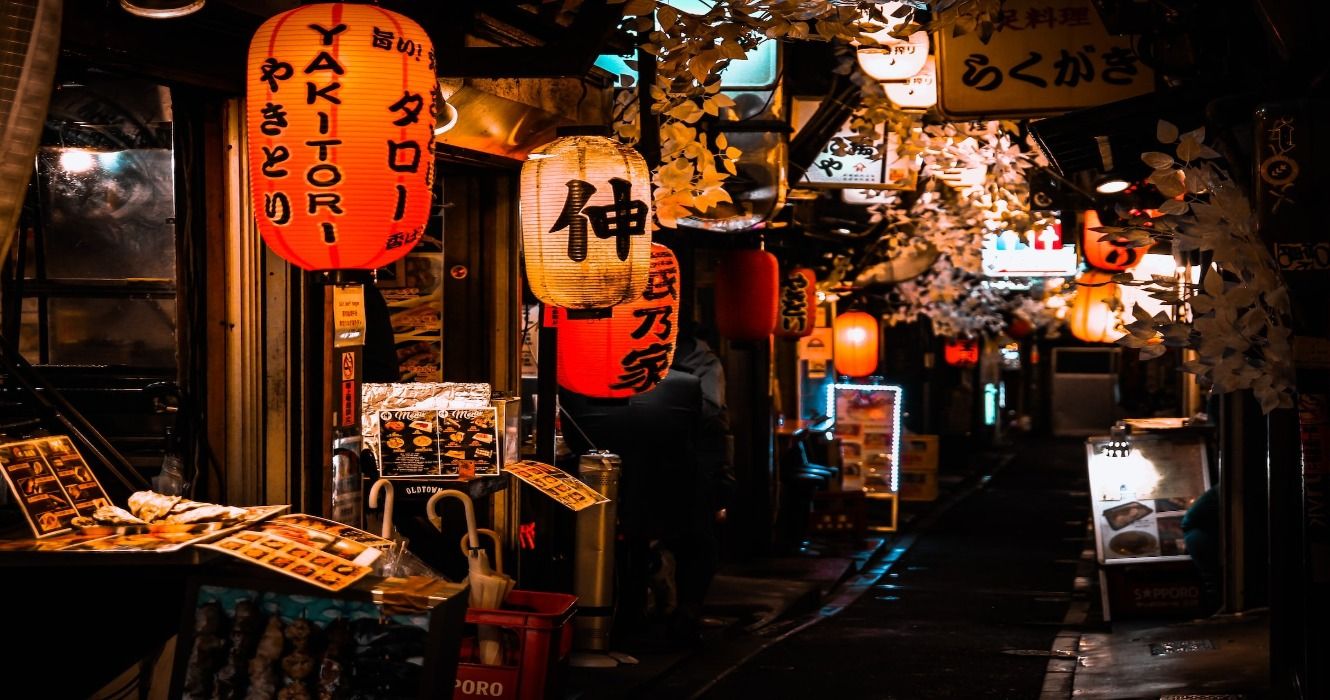
Tokyo By Night: 14 Best Izakayas To Visit
Make the most of a night or two in Tokyo by visiting one of these lively traditional Japanese bars.For those who don't like panoramic views with panoramic prices, alternatives include some skyscraper hotels such as the Bellovisto in the Cerulean Tower or the Tokyu Hotel, the Sky Lounge in the Prince Park Tower Hotel, and the Rooftop Bar in the Andaz Hotel.
- Reason to avoid: Many sky-high bars and eateries cost double what normal establishments in Tokyo will.
Other more family-friendly options include Sky Circus, Tokyo City View, and if one can endure the line-ups, a free view from a deck in the Tokyo Metropolitan Government Building.
Some Japanese Venues Still Don't Allow Foreigners
Japan citizens only: There's not always a welcoming sentiment for foreigners
First, let it be said that the Japanese are very accommodating and exceedingly polite to tourists. Despite those dispositions, a spirit of nationalist discrimination still exists in the country, even after the federal government introduced a law in 2016 to curb racism and hate speech.
It's an attitude that is thankfully marginal, according to a Justice Ministry survey that polled more than 4,500 restaurants. Less than 250 establishments claimed they allowed only Japanese citizens on their premises, meaning the likelihood that an international visitor will face discrimination in a bar or restaurant is decidedly small.
- Reason to avoid: Certain places in Tokyo (and Japan) do not allow foreigners. Roughly 250 establishments claim they only allow Japanese people inside.
If one faces such a situation, the best thing they can do is politely leave. It should be noted that most of these restaurants are located in rather seedy parts of Tokyo where visiting isn't encouraged anyway.
Don't Get Too Close To A Nearby Nuclear Power Plant
Although intriguing, avoid getting up close and personal with nuclear facilities
In 2011, the Fukushima Dai-ichi nuclear power plant sustained severe damage from a 9.0-magnitude earthquake and subsequent tsunami that occurred in the Pacific just east of Japan. The incident, in which 20,000 people lost their lives, was declared the worst nuclear disaster since Chernobyl.
Thanks to massive remedial measures, Tokyo, less than two hours away, is considered a safe site with acceptable radiation levels, according to the World Health Association.
- Reason to avoid: Nuclear facilities, including Fukushima, are not safe for travelers.
Group tours continue to take place near the facility, where spectators might be able to catch a glimpse of the nuclear decontamination technology at work. However, visitors are repeatedly warned to stay more than a mile away from the plant, where radiation levels are still dangerous.

